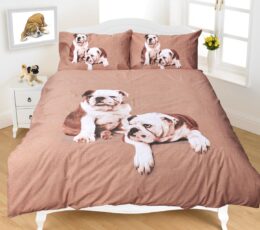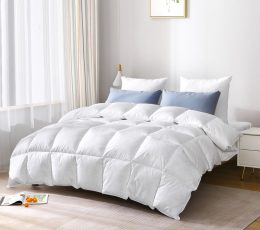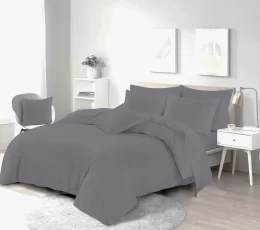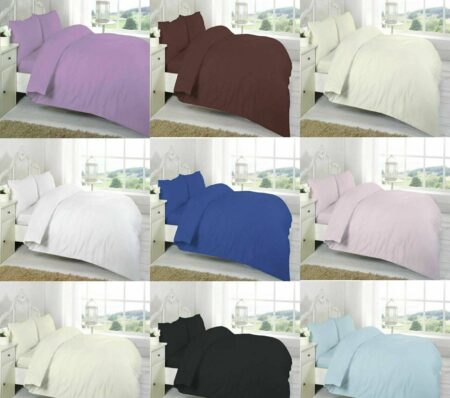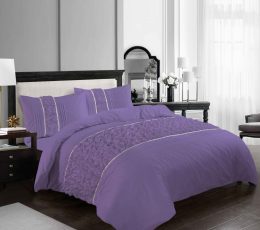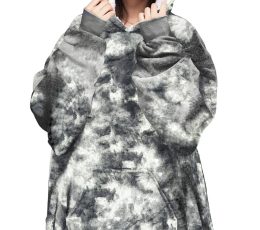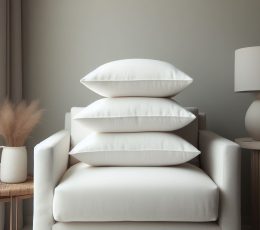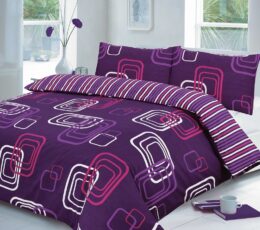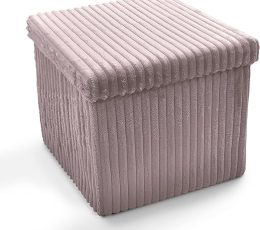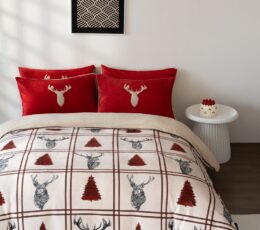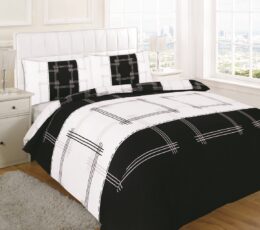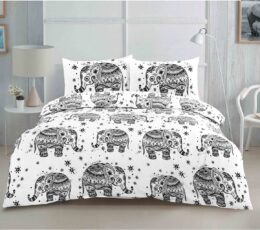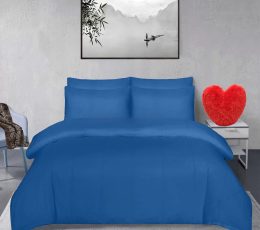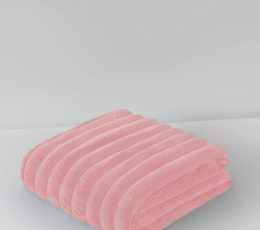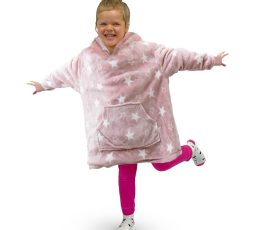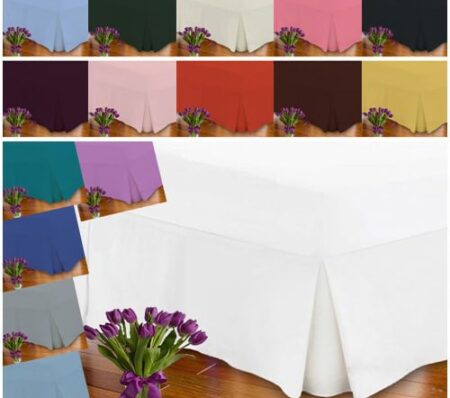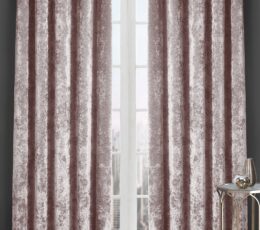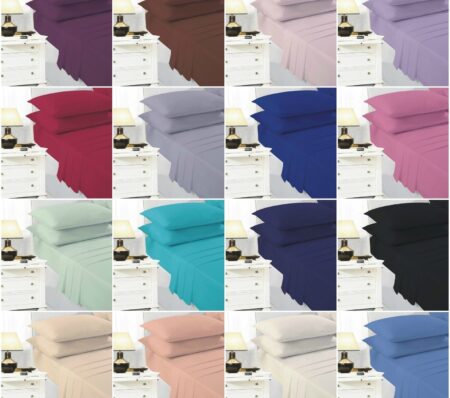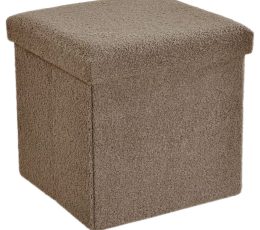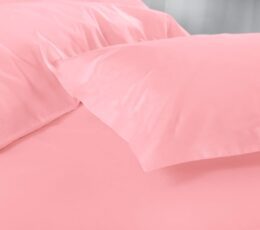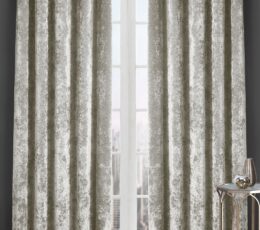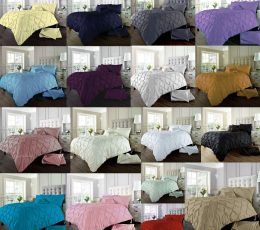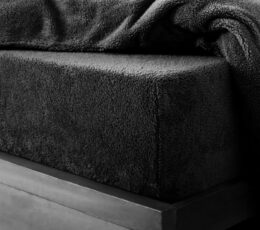As the summer heat settles in, the debate over whether a duvet for summer is too hot for the season comes to the forefront of our bedtime considerations. While duvets are traditionally associated with warmth and cosiness, their insulation properties may seem counterintuitive during the sweltering summer months.
As for summer, it is essential to get the perfect summer duvet that is going to help you prepare for your summer night. In this article, we’ll explore the pros and cons of using a duvet in the summer and provide some bedtime hacks to help you achieve a comfortable and cool night’s sleep.

Pros and Cons of Duvet for Summer:
Duvets are mainly a staple for the bed, but the duvets are generally used in winter to protect for chilly nights by wrapping you up in an insulated cover. However, if the duvet has been selected smartly, it can be used as an all season duvet, ii is essential know about which is the best tog for all season duvet. Below are some of the pros and cons of using the duvet for summer:
Pros
Comfort and Familiarity: For many, the comfort of sleeping under a duvet is unmatched. The familiarity of a duvet may contribute to a sense of security and relaxation during the night.
Versatility: Duvet for summer come in various tog ratings, allowing for versatility in temperature regulation. Lower tog duvets are suitable for summer, providing a lighter and less insulating option.
Aesthetics and Style: Duvets are not just functional; they also serve as a key element in bedroom aesthetics. The variety of designs, colours, and textures available make them a stylish addition to bedroom decor.
Cons
Overheating: The primary concern with using a duvet for summer is the potential for overheating. Duvets are designed for insulation, and during hot nights, this may lead to discomfort and disturbed sleep.
Limited Breathability: Some duvet materials may lack breathability, trapping heat and moisture. This can contribute to a stuffy and uncomfortable sleep environment.
Difficulty in Temperature Regulation: While lower tog duvets exist, it can be challenging to find the perfect balance between warmth and breathability. This may require experimentation to determine the ideal duvet for individual preferences.

Bedtime Hacks for a Cool Summer Sleep:
Here are some of the bedtime hacks that you can use to improve your bedtime experience and make sure that you feel comfortable as much as possible. These are some hacks that. Use to get the most from your duvet during summer:
Get a Multi-Tog Duvet:
Invest in a multi tog duvet set that includes different tog-rated inserts. This allows you to adjust the duvet’s thickness according to the temperature, ensuring a comfortable sleep experience throughout the summer. This duvet mainly comes with various tog rating that helps to improve your duvet’s versatility to use throughout the year.
Layer Up:
Instead of using a single thick duvet, consider layering lighter duvets or throws. The lighter duvet allows you to easily add or remove layers based on your comfort level, providing flexibility in temperature regulation.
Switch to Natural Fibers:
Opt for duvet for summer made from natural fibres such as cotton or linen. These materials have superior breathability and moisture-wicking properties, promoting a cooler sleep environment. The natural filling also makes your bedding more breathable and prevents your body from overheating.
Cover Your Feet:
Regulating body temperature involves more than just the upper body. Covering your feet with a thin sheet or blanket can help maintain a comfortable overall temperature during the night. We recommend a lightweight duvet like 4.5 Tog and then tugging your legs in the duvets to lock the coolness in your duvet.
Go for Texture:
Choose a duvet with a lighter and more breathable texture. Fabrics with a looser weave allow for better air circulation, preventing the stifling feeling associated with some denser materials. The duvets with quilted or bumpy surfaces can help to create a layer between you and your duvet, which is a great way to regulate body temperature.
Consider the Shape
The duvet shape selection may make you like something that is not worth watching, but it makes the difference. Most of the duvets are rectangular shaped, but there are some duvets that come in other shapes, and sometimes this makes it advantageous for the user. As for the people who sleep on their backs or stomach, a thinner duvet will be more comfortable, as it’s not going to feel more heavy for your body. If we talk about the side sleepers, the thick duvet is more suitable, as it provides a warm and cushioning feeling while sleeping.

Too Hot or Cold at Night? A Guide to Duvet Togs:
Tog rating is a measure of a duvet’s thermal insulation. The higher the tog, the warmer the duvet. Togs typically range from 1.5 (lightweight) to 15 (extra warm). Understanding the tog rating is crucial in selecting a duvet that suits your personal warmth preferences. You can understand about the togs in detail in our duvet tog guide.
The shape and size of your body can influence how warm or cool you feel at night. For individuals who naturally retain more heat, a lower tog duvet might be preferable, allowing for better temperature regulation. Conversely, those who tend to feel colder may benefit from a higher tog duvet for added insulation.
Your personal temperature preferences play a vital role in determining the right tog rating. Some people naturally prefer a cooler sleep environment, while others may enjoy the warmth of a thicker duvet. It’s essential to align your duvet for summer choice with what makes you most comfortable during the night.
Consider having different duvets for different seasons. Lighter togs are suitable for warmer months, providing comfort without causing overheating. In contrast, higher togs are ideal for single winter duvet, ensuring warmth during chilly nights.
Find Optimal Room Temperature
The ambient temperature of your bedroom significantly impacts your sleep quality. According to sleep experts, an optimal room temperature for most people falls between 60 to 67 degrees Fahrenheit (15-20 degrees Celsius). Adjust your thermostat or use fans to create a comfortable sleep environment.
Your optimal room temperature may vary based on personal preferences and individual factors. Experiment with different settings to find the temperature that allows you to sleep comfortably without feeling too hot or too cold. From this you can select does either you want to use 10.5 Tog or 13.5 Tog duvet to comfortable sleep. Before getting the duvet you have to consider what is winter tog duvet to get it correctly.
Just like duvets with multiple tog ratings, consider using bedding layers that can be easily added or removed based on the room temperature. Layering provides flexibility and allows you to customize your bedding to match the season or your body’s needs.
Explore bedding options designed to regulate temperature, such as sheets and duvet covers made from breathable and moisture-wicking materials. These can contribute to a more comfortable sleep experience by promoting air circulation and preventing overheating. You can know in detail about is 13.5 summer tog duvet or not?
FAQs
Is it advisable to use a duvet in the summer?
While traditional duvets are designed for warmth, many are available in lower tog ratings suitable for summer use. It’s essential to choose a duvet with breathability to avoid overheating.
What is a tog rating, and how does it affect duvet warmth?
The tog rating measures a duvet’s thermal insulation. Lower tog ratings (around 4.5) are suitable for summer, providing a lighter and less insulating option compared to higher togs designed for winter.
Can I use my winter duvet in the summer?
If your winter duvet has a high tog rating, it may be too warm for summer use. Consider switching to a lower-top duvet or employing other strategies like using lighter bedding layers to maintain a comfortable sleep temperature.
What are some signs that my duvet is too hot for summer?
Signs include excessive sweating, discomfort, and difficulty falling asleep due to the warmth of the duvet. If you experience these issues, consider a lighter bedding option for the summer months.
How can I make my duvet cooler for summer use?
Opt for a lower-top duvet, choose natural and breathable materials, and use lightweight duvet covers. Additionally, employing cooling bedtime hacks, such as layering and adjusting room temperature, can contribute to a cooler sleep environment.
Are there alternative bedding options for summer besides duvets?
Yes, alternatives include lightweight blankets, quilts, or comforters with lower tog ratings. Additionally, using sheets and breathable bedding materials can provide a cooler sleep experience during the warmer months.
What is the optimal room temperature for sleeping in the summer?
Sleep experts recommend a room temperature between 60 to 67 degrees Fahrenheit (15-20 degrees Celsius) for optimal sleep comfort in the summer. Adjusting your thermostat or using fans can help achieve this temperature range.
Can the choice of duvet cover impact the warmth of the duvet in summer?
Yes, the duvet cover plays a role in temperature regulation. Opt for covers made from breathable materials like cotton or linen to enhance air circulation and prevent overheating.
Is there a way to use a duvet in the summer without feeling too hot?
Yes, consider employing bedtime hacks such as using a lower-top duvet, layering with lightweight blankets, choosing natural fibres, and adjusting room temperature. These strategies can help you enjoy the comfort of a duvet without overheating.
Should I choose a specific material for a summer duvet?
Opt for natural and breathable materials like cotton, linen, or bamboo for a summer duvet. These materials promote air circulation and wick away moisture, contributing to a cooler sleep experience during warmer nights.
There are many more things you need to understand before getting the ultimate duvet for summer. The things we discover make the most impact while selecting the duvets for a cosy sleep. We always recommend you get the lightweight duvets or the coverless duvet that helps you to sleep better.

